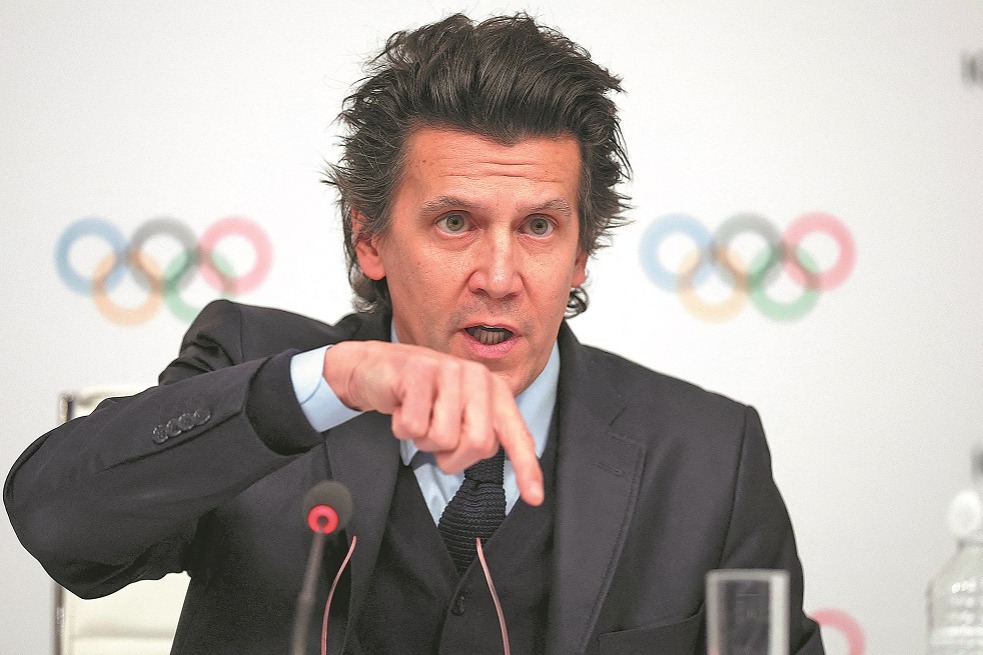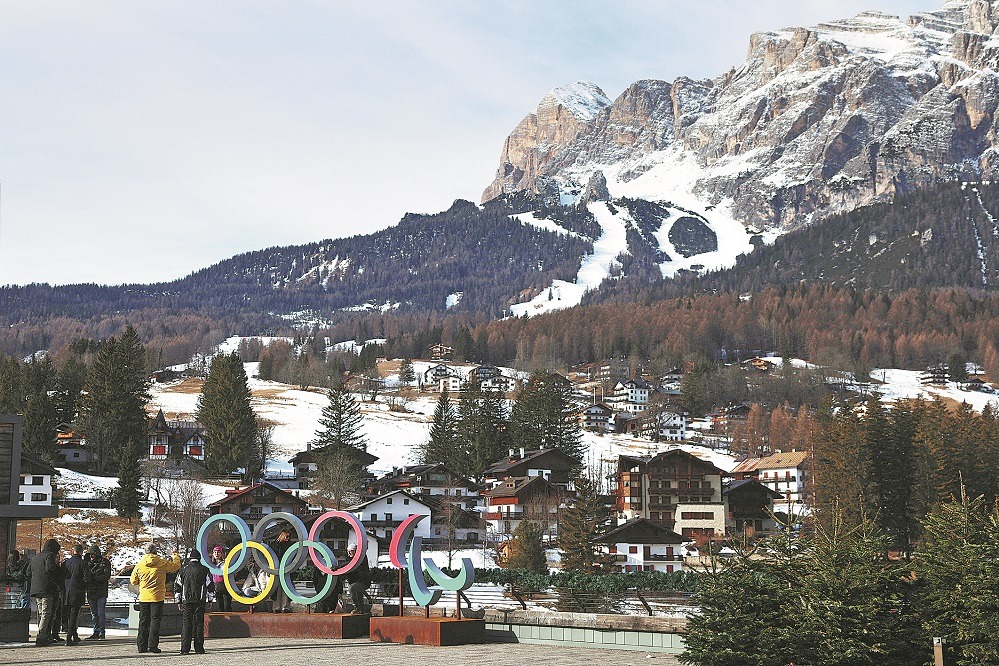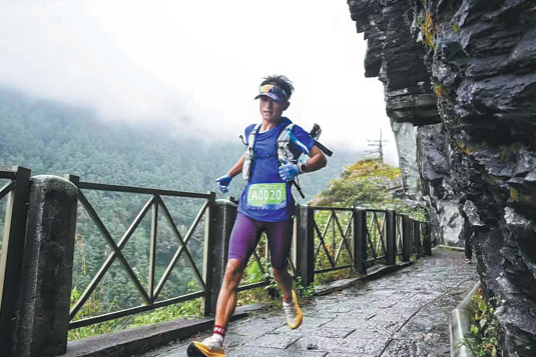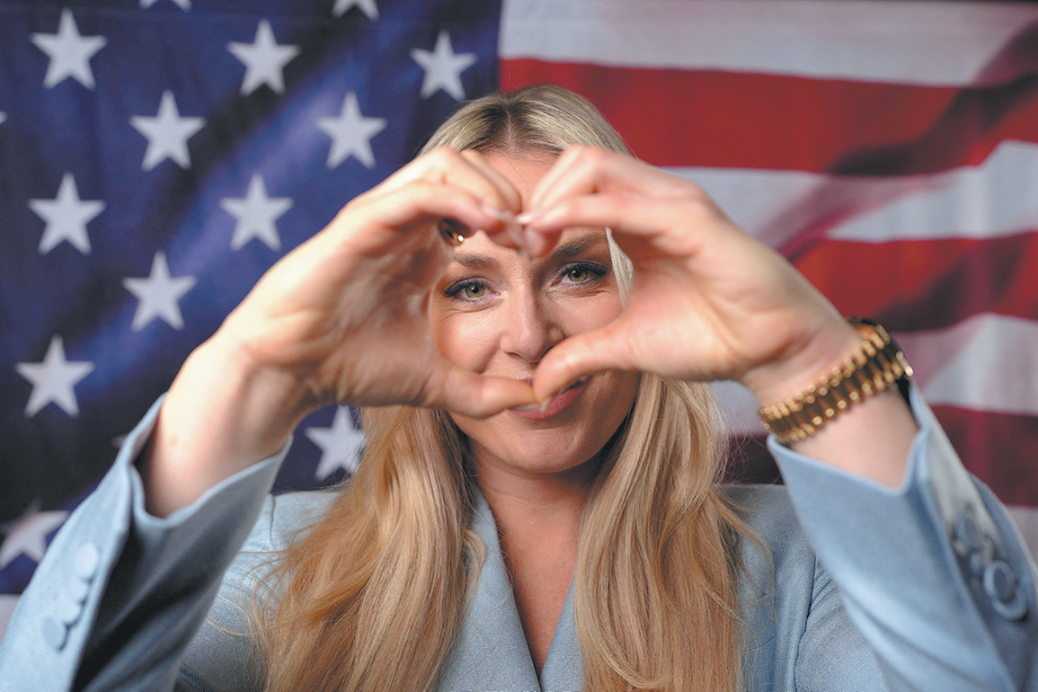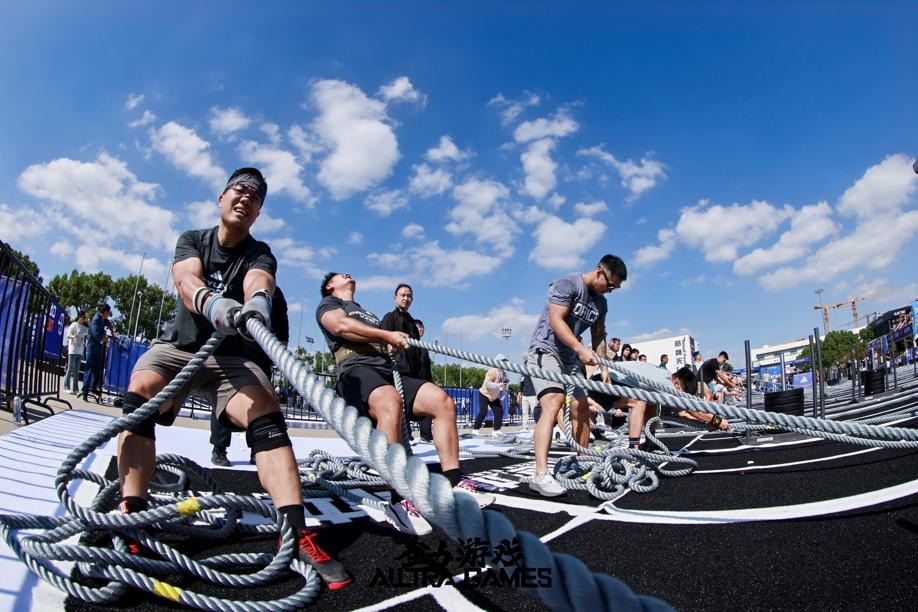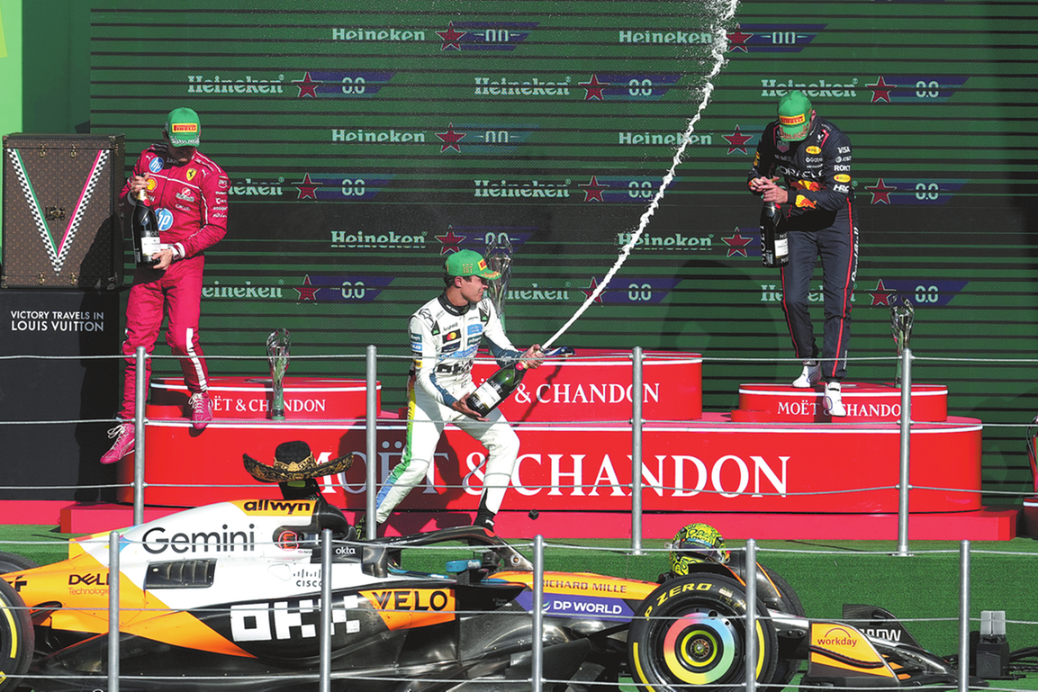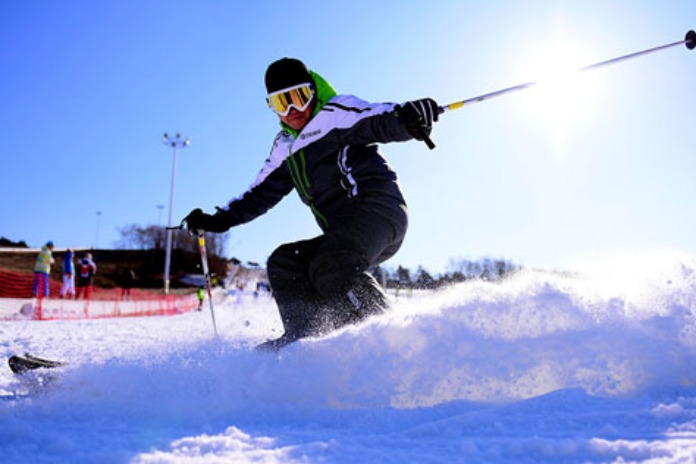Even in the Alps, artificial snow will play a major role

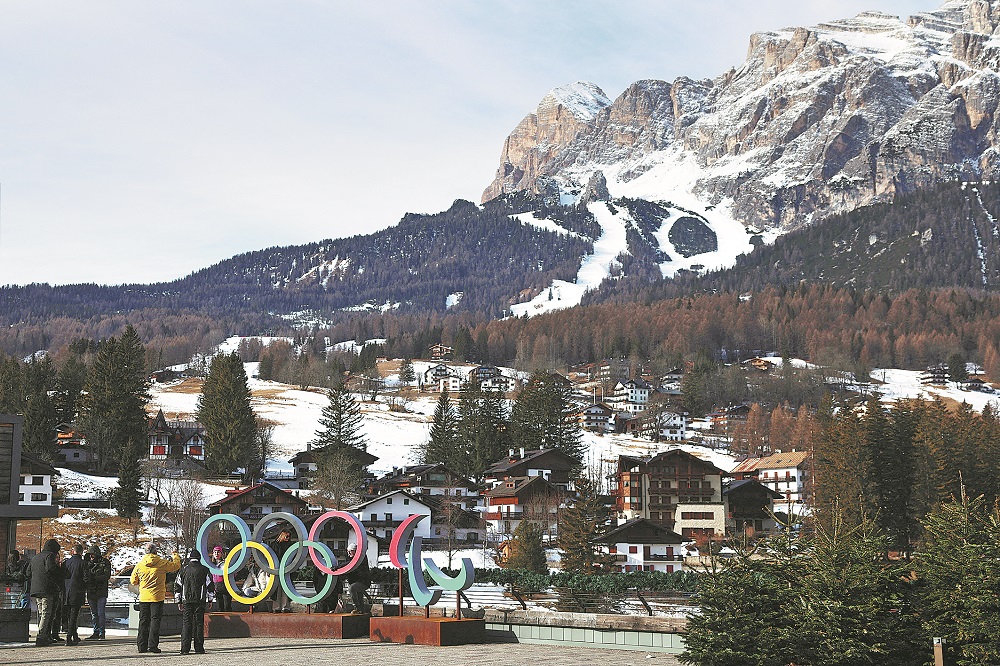
One hundred days before the start of the 2026 Winter Olympics, it's too early for the weather forecast, but one thing is certain — there will be artificial snow, much to the dismay of environmental activists.
The Milano-Cortina Games will be scattered across the mountains of northern Italy, with Cortina and Bormio hosting the alpine skiing, Anterselva the biathlon, Livigno the freestyle skiing and snowboarding, and Val di Fiemme the Nordic skiing.
These resorts — most of which are within the soaring Dolomites range — are perched between 1,200 and 1,800 meters above sea level, a height that should ensure sufficient snow cover for the Feb 6-22 event.
But, artificial snow will play a key role in Italy's hosting of a fourth Olympics.
"No matter what, even if there is completely sufficient snowfall, there will also be some fake snow," said Jake W. Dean, a researcher at the University of California Santa Barbara.
"These kinds of high-level snow sport competitions, at this point, have started to move towards fake snow for at least as a portion of the coverage," he said.
Doing so, he said, allows them to "specify the track conditions and make everything kind of exactly how they want for the races".
The international federations that govern skiing and biathlon both require organizers to have snow production equipment on hand, should it be needed.
The 2026 organizing committee has said it plans to make 2.4 million cubic meters of artificial snow, which will require 948,000 cubic meters of water.
That includes more than half, or 580,000 cubic meters, for the Livigno Mottolino site alone, the features of which will include a snowpark with a half-pipe as well as a Big Air ramp.
Artificial snow is made using snow cannons, which spray water using a stream of compressed air into the cold air, turning it into fine snow. Environmentalists condemn the energy consumption and the vast resources of water required.
The International Commission for the Protection of the Alps (CIPRA) says it takes one cubic meter of water to make around 2.5 cubic meters of snow.
In Italy, eight national environmental groups in 2023 denounced what they considered a lack of respect for the environment and local communities by the Milano-Cortina 2026 Foundation.
In Europe, Italy uses the most artificial snow, with over 90 percent of its ski slopes employing snowmaking systems, according to an April report from Italian environmental group Legambiente.
For Vanda Bonardo of Legambiente's Lombardy chapter, "the ever-increasing weight of this industry on the mountains" is worrying.
"We have to ask ourselves whether it still makes sense to organize major events and concentrate them in very fragile spaces like the Alps. Natural snow is practically becoming the exception," she said.
According to a study published in last December's International Journal of Climatology, the snow cover in the Italian Alps had decreased by half in the past 100 years.
The president of the Italian Alpine Club, Antonio Montani, said the issue went far beyond next year's Olympics.
"The Games are the tip of the iceberg, they shine a light on the real problem, which is the hundreds of ski resorts that are only able to operate with artificial snow, with huge energy costs that are funded by public subsidies, because otherwise they wouldn't be able to open."
The International Olympic Committee itself has recognized a problem. According to its estimates, only 10 countries will still have the snowfall necessary to host the Winter Olympics in 2040.
AFP
Most Popular
- Dubi: Milano-Cortina key to finding workable Winter Games formula
- Even in the Alps, artificial snow will play a major role
- IMG integrates Mailman to propel sports industry growth in China
- A natural opportunity for growth
- Vonn says she has 'nothing to prove'
- Alltra Games 2025 wraps up 3-days of CrossFit challenges in Shanghai
















